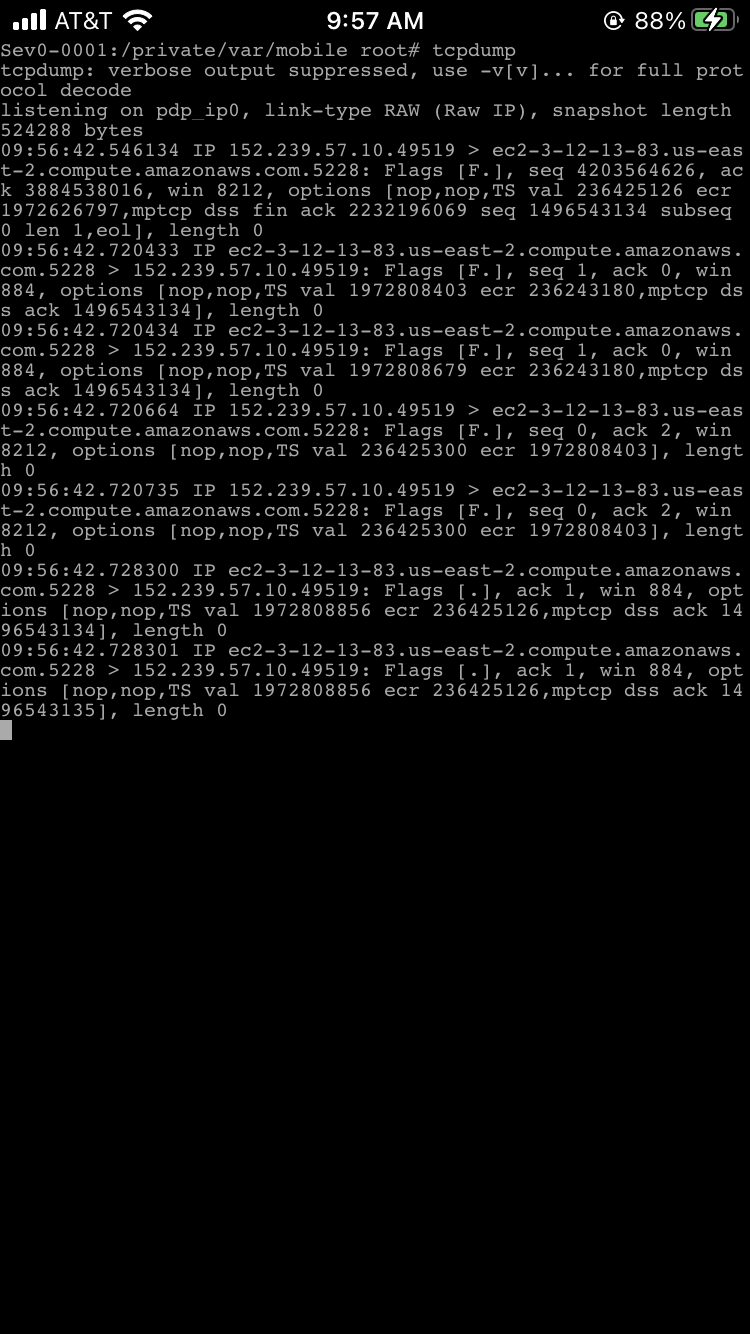As businesses strive to protect sensitive data and critical assets, vulnerability scanning and penetration testing emerge as key tools for identifying and mitigating potential risks. While they serve different purposes, combining these approaches provides a more robust cybersecurity strategy. In this post, we’ll explore how vulnerability scanning and penetration testing work together to strengthen your organization’s security.
What is Vulnerability Scanning?
Vulnerability scanning is an automated process that examines your network, systems, and applications for known security vulnerabilities. It identifies weaknesses like unpatched software, misconfigurations, and outdated protocols that could expose your business to cyber threats.
Key Features of Vulnerability Scanning:
- Automated Scans: Regularly scheduled scans that identify common vulnerabilities across systems.
- Rapid Identification: Detects issues quickly, allowing teams to address them before they are exploited.
- Actionable Reports: Provides a list of potential vulnerabilities with severity rankings, helping prioritize remediation efforts.
While vulnerability scanning is critical for regular security maintenance, it has limitations. Automated scans may miss more complex vulnerabilities or generate false positives, meaning deeper testing is often required to uncover advanced threats.
What is Penetration Testing?
Unlike vulnerability scanning, penetration testing (pen testing) is a more manual and thorough approach to cybersecurity. Security experts simulate real-world attacks on your systems, networks, and applications to exploit vulnerabilities and assess their potential impact.
Key Features of Penetration Testing:
- Manual Testing by Experts: Pen testers use manual techniques to probe systems in ways automated tools cannot.
- Real-World Attack Simulation: Simulates how a hacker would exploit vulnerabilities to gauge actual risk.
- Comprehensive Analysis: Provides insights into both common and complex vulnerabilities, including business logic flaws that scanners typically overlook.
Pen testing goes beyond identifying vulnerabilities—it demonstrates how these vulnerabilities can be exploited, giving organizations a clearer picture of where critical weaknesses lie and which areas demand urgent attention.
Vulnerability Scanning vs. Penetration Testing: What’s the Difference?
Although vulnerability scanning and penetration testing have similar goals, they differ in their approach, depth, and purpose.
- Automated vs. Manual:
- Vulnerability Scanning is an automated process that quickly identifies known issues, but lacks human insight.
- Penetration Testing is a manual process where experts use their knowledge to uncover more sophisticated vulnerabilities.
- Breadth vs. Depth:
- Vulnerability scanning covers a broader scope, identifying a wide range of weaknesses across systems.
- Pen testing focuses on depth, actively exploiting vulnerabilities to reveal their real-world impact.
- Frequency:
- Vulnerability scans are typically conducted weekly, monthly, or quarterly.
- Pen testing is typically performed periodically, often annually, or after significant system changes.
For businesses, both processes are essential, but their combined use provides a comprehensive view of security risks.
How Vulnerability Scanning and Penetration Testing Work Together
- Comprehensive Threat Identification
By using vulnerability scanning, organizations can quickly spot common vulnerabilities like unpatched software or misconfigurations. Penetration testing then dives deeper, attempting to exploit these vulnerabilities to reveal hidden risks. Together, these approaches cover both surface-level and deeper, more complex threats. - Prioritized Remediation
A vulnerability scan often generates a long list of potential issues. Penetration testing helps prioritize remediation by demonstrating which vulnerabilities pose the highest risk. For example, a vulnerability scan might list numerous low risk self-signed certificate or cipher issues, but a pen test could reveal that one particular flaw could allow hackers to access sensitive data, making it a top priority for remediation. - Enhanced Compliance
Many industries, including finance, healthcare, and e-commerce, require vulnerability assessments and penetration testing to meet regulatory standards like PCI DSS, HIPAA, SOC and ISO 27001. Bundling these services ensures businesses stay compliant while maintaining a strong cybersecurity posture. - Ongoing Security Improvement
Cybersecurity is not a one-time effort. Vulnerability scans keep your organization protected from evolving threats by continuously identifying new risks. Pen testing, on the other hand, serves as a periodic deep dive, providing a more exhaustive analysis of security posture. When combined, they create a continuous improvement cycle for your organization’s security.
Benefits of Combining Vulnerability Scanning and Penetration Testing
- Improved Security Posture: Regular vulnerability scans keep businesses alert to new risks, while pen tests verify the actual impact of these vulnerabilities. Together, they ensure a thorough understanding of security weaknesses and areas for improvement.
- Reduced Attack Surface: By regularly identifying and addressing vulnerabilities, businesses can limit the attack surface hackers could exploit. Pen tests then validate that mitigations are effective, further reducing entry points for potential attacks.
- Proactive Risk Management: Vulnerability scanning helps teams address minor issues before they escalate, while penetration testing simulates major threats, allowing proactive risk management to protect sensitive data and assets.
- Peace of Mind: Knowing that both automated and manual security checks are in place provides peace of mind that your organization is doing everything possible to secure its systems and data.
Implementing a Combined Security Strategy
To implement a combined strategy effectively, consider these steps:
- Define the Scope: Identify which systems, networks, and applications require scanning and testing. Be clear on what you aim to protect and prioritize high-risk areas.
- Schedule Regular Scans: Set a schedule for vulnerability scans, whether weekly, monthly, or quarterly. This keeps your defenses up-to-date with minimal effort.
- Plan Annual Pen Tests: Arrange for penetration tests at least once a year or after major system changes. This approach verifies that security controls remain effective over time.
- Act on Results: Use reports from both processes to inform your remediation efforts, prioritizing issues based on potential impact. If possible, retest after fixes to confirm they’re effective.
- Monitor and Improve Continuously: Both vulnerability scanning and pen testing should be part of an ongoing security program. Continuous monitoring helps adapt to new threats and ensures that your organization stays protected as technology and threats evolve.
Final Thoughts on Vulnerability Scanning and Pen Testing
By leveraging both vulnerability scanning and penetration testing, businesses can create a layered cybersecurity approach that covers a broad range of potential threats. Scanning provides regular insights into known vulnerabilities, while pen testing digs deeper, simulating real-world attacks to identify complex weaknesses.








